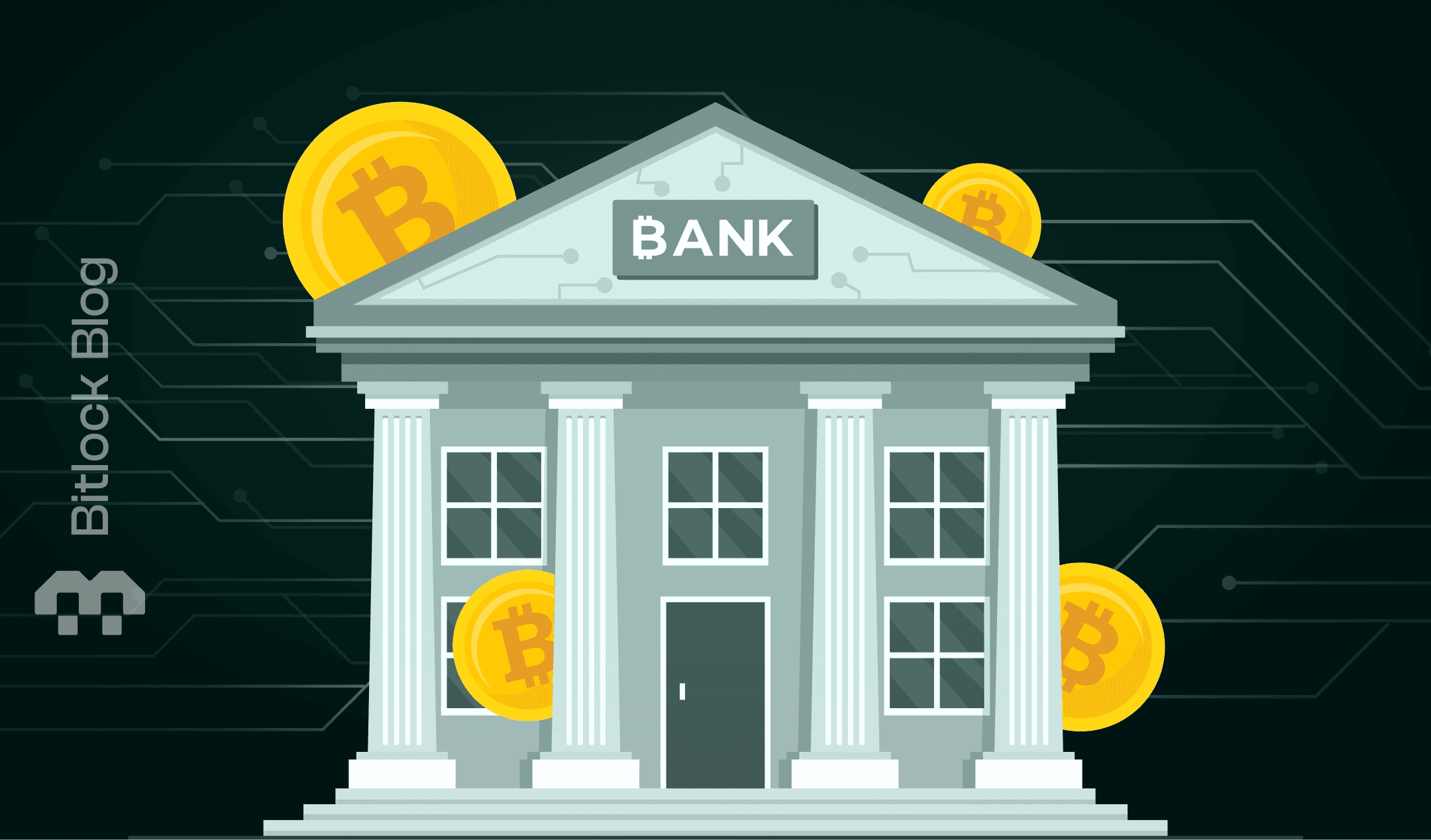
Institutional Adoption of Crypto Through the Years: More than just Bitcoin ETFs
Institutional adoption of cryptocurrency has come a long way, evolving from dismissive skepticism to wholehearted embrace—and this shift represents far more than simply launching Bitcoin ETFs. While these financial instruments undoubtedly played a significant role, the story of institutions and crypto is deeper, richer, and indicative of broader transformations taking place in global finance.
In the early days of crypto, roughly until 2017, Bitcoin and other digital assets were viewed primarily as niche, experimental tools favored by a small community of tech enthusiasts. The wider institutional world saw Bitcoin at best as a quirky experiment, and at worst, a haven for criminals and illicit transactions. High-profile incidents such as Silk Road reinforced this perception, leading institutions to maintain a cautious, if not outright hostile, distance from the crypto space. The narrative during these formative years was largely shaped by skepticism, uncertainty, and a lack of meaningful mainstream engagement.
Things began to shift during the exuberant bull run of 2017-2018. This was the era when Bitcoin and other cryptocurrencies first caught widespread media attention. Companies tentatively tested the waters, often leveraging crypto primarily as a marketing tool to appear innovative and forward-thinking. However, this initial interest quickly turned sour as the ICO craze spiraled out of control. Scam-ridden projects raised enormous sums, often with little intention of building genuine products or offering tangible value. Many investors got burned, and institutions recoiled from the space once again, associating crypto with volatility and deception.
The next major shift in institutional perception occurred around the 2020-2021 bull run. With global economic uncertainty fueled by the pandemic and central bank policies that drove unprecedented monetary expansion, Bitcoin and cryptocurrencies found renewed legitimacy as potential hedges against inflation and economic instability. MicroStrategy’s bold moves into Bitcoin significantly altered the conversation, signaling to the market that crypto could be a legitimate corporate treasury asset. Institutions began exploring crypto cautiously but seriously for the first time. Yet, even during this optimistic period, the crypto space was shaken by high-profile collapses, notably the implosion of FTX, and later the speculative frenzy surrounding meme coins. Both events once again cast doubt on crypto’s stability and longevity, leaving institutions with mixed feelings about broader adoption.
However, a decisive turning point arrived in early 2024 with the launch of spot Bitcoin ETFs in the United States. The introduction of these ETFs marked a critical inflection point, providing institutional investors an unprecedented, regulated, and straightforward way to gain exposure to Bitcoin. For the first time, institutions could confidently enter the crypto market without the complexities and perceived risks associated with direct blockchain interactions. Institutions like JPMorgan and other significant financial players began actively discussing crypto as part of a balanced portfolio strategy, recommending Bitcoin exposure to clients as a mainstream asset rather than a fringe gamble.
Yet, the real transformation in institutional crypto adoption lies ahead. The future holds much greater promise beyond mere financial exposure via ETFs. Genuine institutional adoption—adoption that can sustain long-term, significant growth—means institutions actually leveraging blockchain technology directly. Banks issuing their own stablecoins, a trend already accelerating, represent a prime example. As financial institutions move stablecoins onto Ethereum, Solana, and other chains, they don’t just bring liquidity—they embed themselves within blockchain ecosystems, fundamentally transforming how money moves globally.
Beyond stablecoins, use cases for blockchain technology such as NFTs (Non-Fungible Tokens) and Soulbound Tokens (SBTs) in media, entertainment, and brand management provide immense potential. Media giants and entertainment corporations are recognizing NFTs as transformative tools to build community engagement, loyalty, and exclusive content distribution channels. Similarly, logistics and supply chain industries are exploring blockchain solutions to enhance transparency, reduce fraud, and optimize efficiency. These practical applications go far beyond speculative investments, embedding crypto technology into everyday institutional operations and workflows.
This genuine usage of blockchain by institutions is what promises the most enduring growth. It represents more than just a financial commitment; it signifies a paradigm shift where institutions recognize blockchain not merely as a speculative asset class but as fundamental infrastructure for global commerce and innovation. Institutions actually interacting with blockchain technology will ensure sustainability, reinforce credibility, and generate robust, organic growth throughout the crypto ecosystem.
To conclude, institutional adoption once meant little more than allocating spare cash to Bitcoin. Today, true institutional adoption means something far more profound: institutions and companies going fully on-chain, integrating blockchain into the fabric of their operations. This shift will undoubtedly shape the future of finance, turning crypto from a speculative asset into an indispensable pillar of the global economy.
Last updated: July 16, 2025
